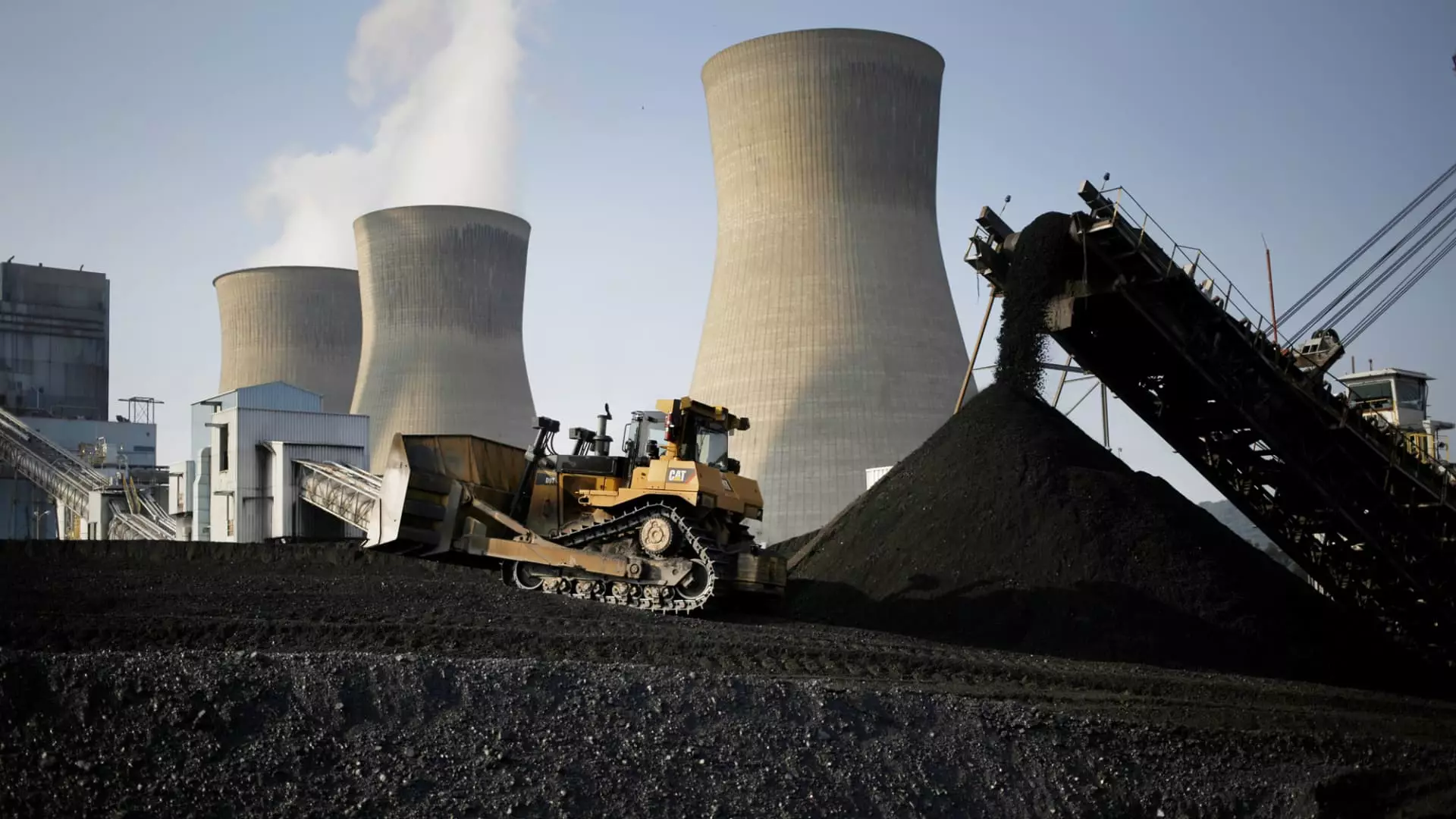As the world grapples with rising energy demands and the pressing need to mitigate climate change, the United States is at a critical juncture regarding its nuclear energy sector. Recent comments from nuclear officials, particularly Mike Goff, the acting assistant secretary for the Office of Nuclear Energy at the Department of Energy, highlight the urgent necessity for expanding the U.S. nuclear fleet to meet current and future electricity needs. Goff emphasizes not only the need to maintain existing plants but also the importance of establishing new reactors to combat greenhouse gas emissions and improve national energy security.
At present, the U.S. has the largest nuclear fleet globally, operating 94 reactors that generated over 18 percent of the nation’s electricity in 2023. However, to meet the projected demand for electricity, Goff asserts that at least 200 gigawatts of additional nuclear power is necessary, equivalent to constructing around 200 new nuclear plants. This ambitious target is aligned with a global commitment pledged by the U.S. to bolster nuclear power by 2050, which saw backing from major financial institutions like Goldman Sachs and Bank of America at a recent climate conference.
The planned revival of the Three Mile Island facility, which is expected to restart operations by 2028, is a promising step in the right direction. This plant, known for its historical incidents, paradoxically offers an opportunity to re-establish confidence in nuclear energy while providing substantial electricity to satisfy contemporary needs, particularly from data centers requiring continuous, reliable energy. Microsoft’s commitment to purchase power from Three Mile Island demonstrates a growing recognition of nuclear energy as a viable solution for supplying clean and constant electricity.
While the reopening of existing plants like Three Mile Island offers a stopgap measure, it won’t alone solve the wholesale challenges that face the nuclear energy sector. Goff points out that there are only a limited number of shut-down plants that can feasibly be restarted. Therefore, increasing the nuclear power output will not solely hinge upon refurbishing old facilities; it necessitates an expansive and forward-looking attitude toward building entirely new reactors.
Coal communities in the U.S. could act as strategic assets in this energy transition. The ongoing phasing out of coal serves as an opportunity to repurpose retired coal plants into nuclear sites. With many coal-fired plants already equipped with the necessary transmission infrastructure, this transition could avoid some of the logistical challenges associated with building new energy sources from scratch, facilitating a smoother evolution towards cleaner energy generation.
The Department of Energy’s recent assessment indicates that there could be potential sites across 36 states, equating to a staggering capacity for adding approximately 174 gigawatts of nuclear energy through existing coal facilities. Moreover, investing in nuclear at these sites could yield cost reductions of up to 30 percent, a critical factor for financially strapped energy markets; however, doing so is not without its complications.
Despite its promise, the journey to expand nuclear energy capabilities encounters significant challenges, particularly regarding project financing and construction timelines. The well-publicized struggles of the Vogtle expansion in Georgia serve as a cautionary tale; costs ballooned into the tens of billions and timelines extended far beyond original estimates. Therefore, there’s an urgent need to optimize planning and execution in developing new facilities.
While advanced reactor designs attempt to offer a solution, many of these innovations are still in the developmental pipeline and may require years for commercialization. Under current economic conditions, driven by escalating demands from sectors like data processing and manufacturing, a diversified approach—including both small modular reactors and larger traditional plants—will likely be paramount in addressing the nation’s energy needs.
As the U.S. strives for a sustainable energy future, nuclear power stands at the forefront of meeting both rising electricity demands and climate goals. The restart of facilities like Three Mile Island, alongside a vision for new constructions, reflects growing recognition of nuclear’s potential in the evolving energy landscape.
However, in order to fulfill this potential, strategic planning, regulatory cooperation, and capital investment are necessary to overcome existing challenges and ensure that nuclear power continues to serve as a reliable and clean energy option for generations to come. With a collaborative effort from government policymakers, financial institutions, and energy providers, the expansion of the nuclear fleet can emerge not just as a necessity but as a cornerstone of an environmentally sustainable energy grid for the future.


Leave a Reply